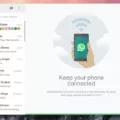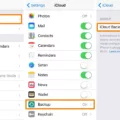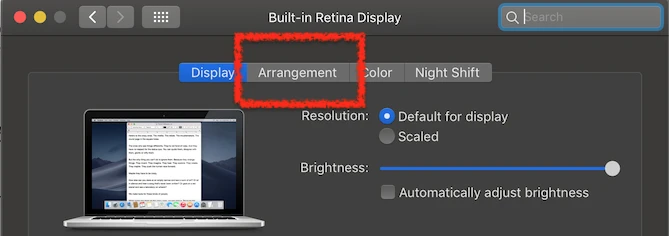
Struggling to find the Mac arrangement tab when setting up a multiple monitors setup? It can be frustrating when your Mac isn’t showing it, especially when you’re ready to arrange your displays.
The Mac display arrangement tab only shows up when your Mac detects multiple monitors connected. So, if it’s not appearing, there’s a good chance your Mac isn’t picking up the external display.
Why the Arrangement Tab Might Not Appear
Got the Arrangement tab missing on your Mac? It’s not a rare issue, and more often than not, it comes down to your Mac not detecting the external monitor. Don’t worry, it’s an easy fix once you know what to check.
Start by making sure all cables are securely connected. A loose cable might be all that’s causing the problem. Also, double-check any adapters you’re using to ensure they’re fully compatible with both your Mac and the monitor.
Another trick is to hold the Option key and click on “Detect Displays” in the Display settings to force your Mac to find the monitor.
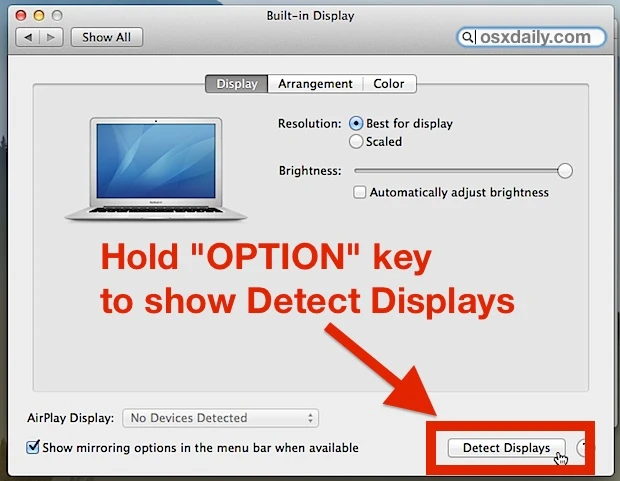
If that doesn’t work, try restarting your Mac—disconnect everything, reboot, and reconnect. And of course, don’t forget to check for any macOS updates that might fix compatibility issues causing the display not to show up.
Ensuring Your Display Is Properly Connected
For USB-C monitors, make sure you’re plugging the cable into one of the Thunderbolt ports. If you’re going with HDMI, don’t forget to use a Mac monitor adapter. And don’t forget to always opt for genuine Apple adapters. It’s the best way to avoid any possible compatibility issues and ensure everything works smoothly.
Next up, check your cables, ports, and adapters. For USB-C monitors, make sure the cable is in good shape and securely connected. And if you’re using an adapter, ensure it’s properly plugged in.
Using the Detect Displays Option
If your Mac isn’t recognizing an external display, there’s a quick fix using the Detect Displays option. Here’s how you do it: Open System Settings from the Apple menu, then click on Displays.
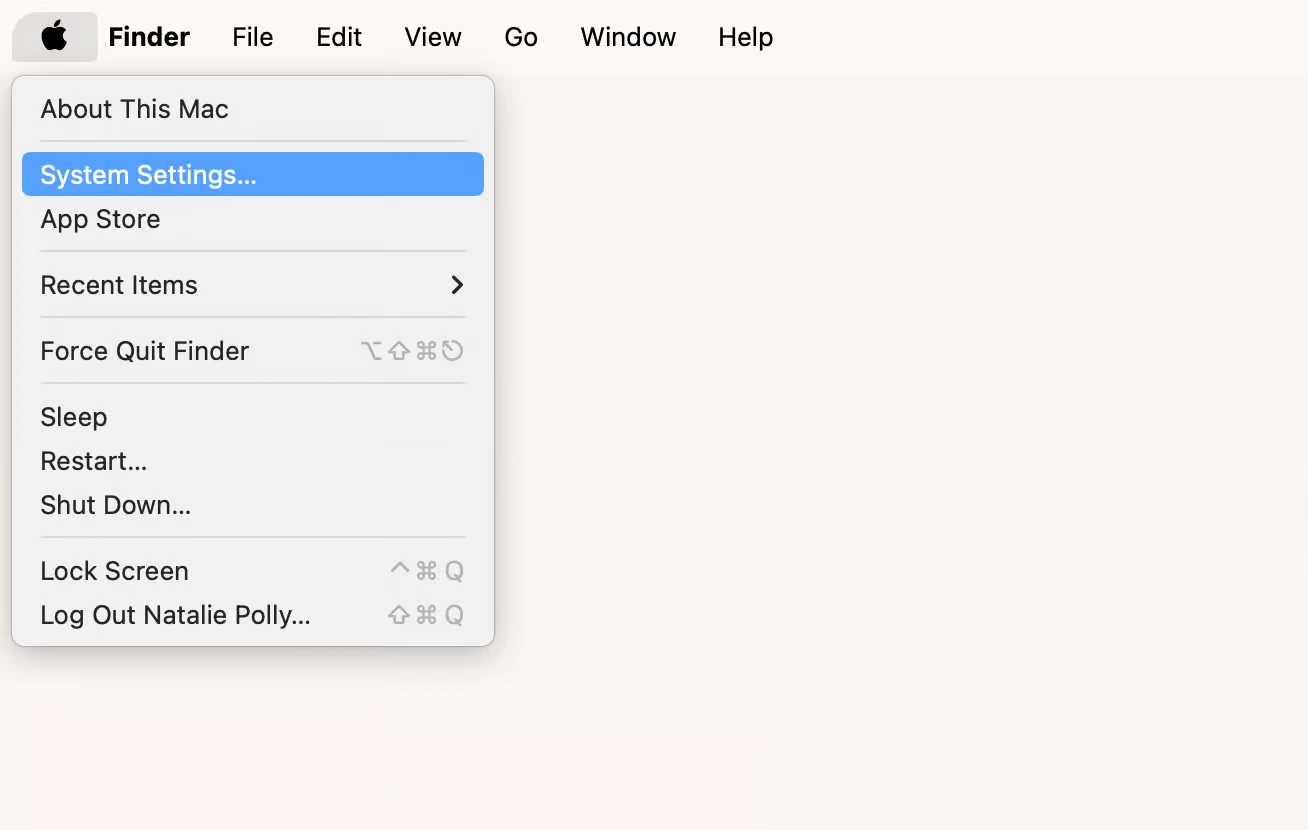
While you’re in the Displays settings, press and hold the Option key on your keyboard. This will reveal the Detect Displays button in the bottom-right corner. Click it, and your Mac will force a display detection. It’s that simple.
The Option key detect Mac display feature is a great way to get things back on track when your Mac isn’t automatically detecting an external monitor.
Restarting Devices to Trigger Display Detection
Sometimes, a simple restart is all it takes to fix an unresponsive external display. If your Mac display is not working, restarting your Mac for monitor detection can help clear up those annoying minor connection issues.
Checking macOS and Hardware Compatibility
Older displays or outdated macOS versions are sometimes the culprit. The good news is that updating macOS can often solve it, since Apple includes improvements to display compatibility in their updates.
Also, make sure your monitor is compatible with your Mac by checking the manufacturer’s specifications. If you’re using a DisplayLink-enabled monitor, don’t forget to update your DisplayLink Manager, as it supports the latest drivers for smoother multi-display setups.
Accessing and Using Advanced Display Settings
1. Open System Settings: Click the Apple menu in the top-left corner of your screen and select “System Settings.”
2. Access Displays Settings: In the sidebar, click on “Displays.”
3. Select Your Display: If you have multiple monitors, choose the one you want to adjust.
4. Change Resolution:
- Under the “Display” tab, select “Scaled.”
- You’ll see a list of resolutions.
- Click the resolution that best fits your needs.
5. Adjust Rotation:
- Still in the “Display” tab, find the “Rotation” dropdown menu.
- Tap on it and choose the rotation angle you desire.
- You will see a confirmation dialog which you can click on to effect the changes.
Enabling Separate Spaces for Dual Monitor Setup
1. Click the Apple menu at the top-left of your screen.
2. Tap “System Settings” from the dropdown.
3. Select “Desktop & Dock” in the sidebar.
4. Scroll down and find the “Mission Control” section.
5. Turn on “Displays have separate Spaces”.
Conclusion
If the Arrangement tab isn’t showing on your Mac while setting up a dual display configuration, it usually means your Mac isn’t detecting the external monitor.
To fix the missing arrangement tab, double-check your connections and make sure the monitor is powered on. Then, hit the ‘Detect Displays’ button in System Preferences. Still no luck? Try updating your macOS, and that should do the trick.

